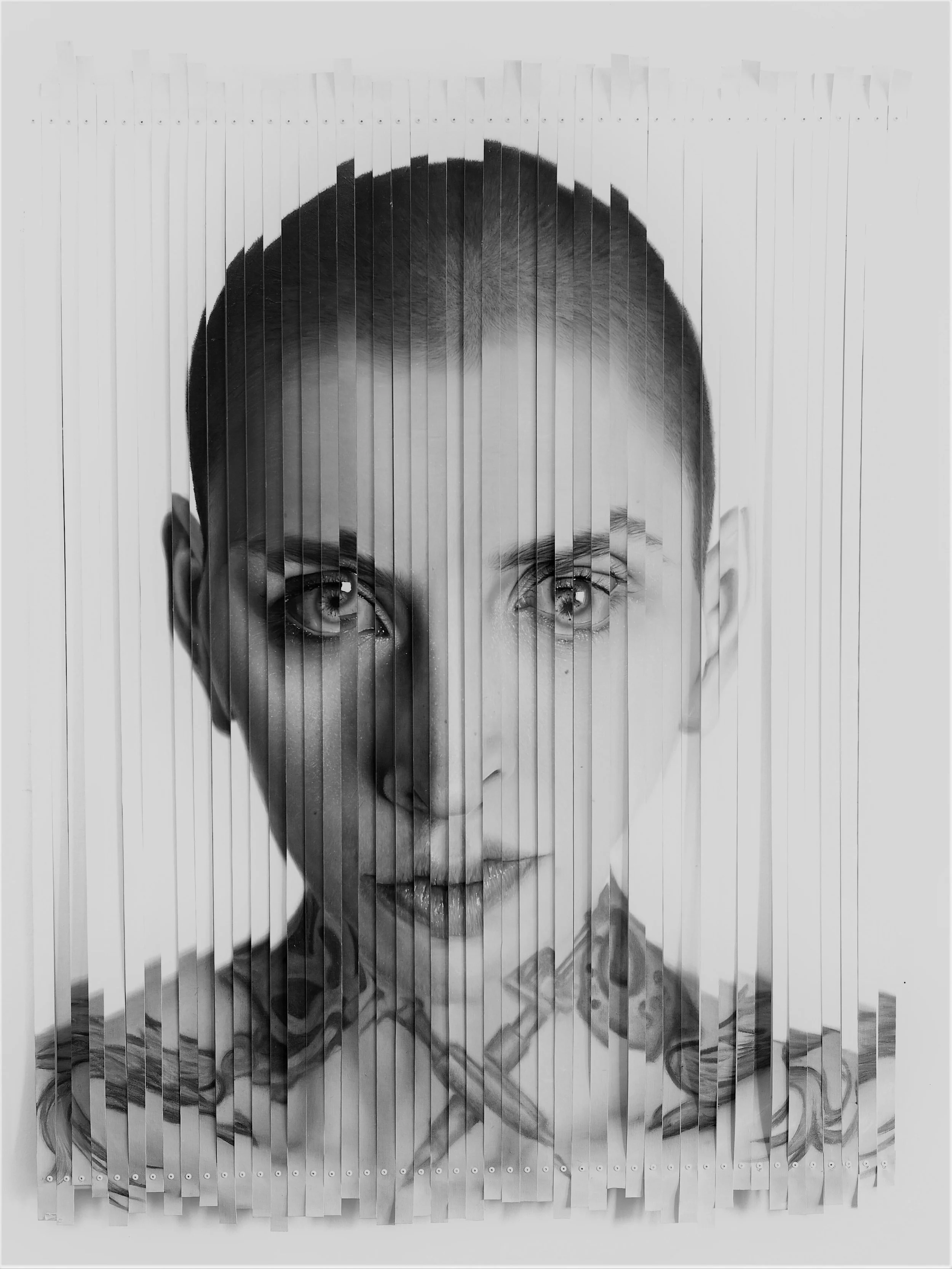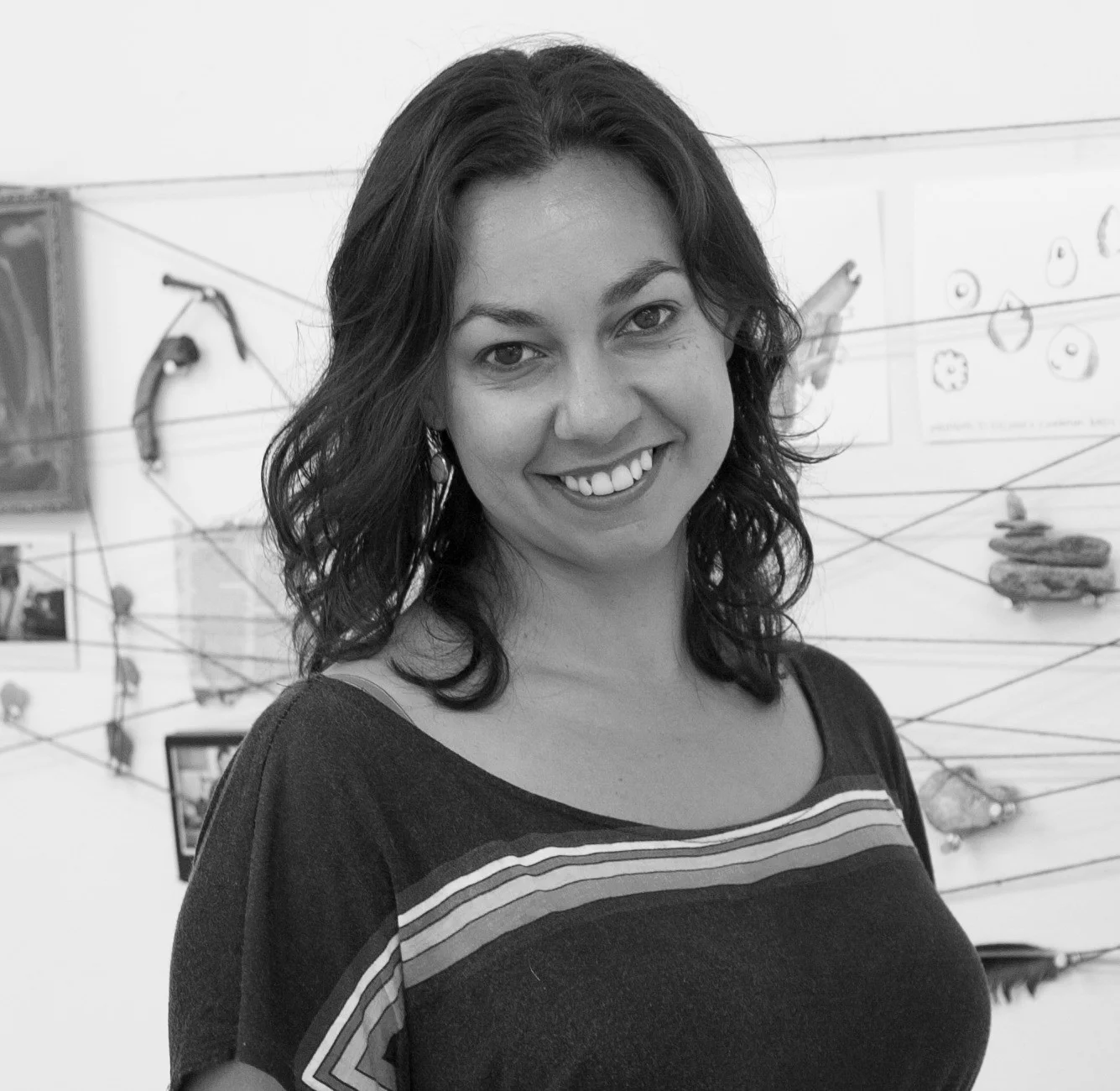JULIAN MAYOR
Traxler Pendant Lamps - welded mirror polish stainless steel edition of 8 + 4 AP dimensions variable - photo credit: Twentieth/The New Gallery LA
Julian Mayor is an artist and designer based in Doncaster, South Yorkshire, UK. His work is inspired by the sculptural possibilities of computers combined with industrial and craft making processes. His designs have been shown at the V&A London, Rossana Orlandi Milan, Armel Soyer Paris and 21st Gallery New York, and he has also installed a permanent series of sculptural benches in a park behind the Tate Britain in Pimlico, London.
Interview by Liam Kelsey
There’s sometimes an expectation in our culture that art must be useful in some direct and obvious way. What are your thoughts on this, as an artist whose works tend to have self-evident use value?
I think the idea of use is a subjective quality, what is seen as useful to one person is not necessarily useful to another. If you are asking ‘should my chairs be comfortable?’ then yes, the ergonomic of a chair is something I think of but not in exclusivity. I do think of my chairs as having a sculptural quality as well as being places to sit.
Who are some of your biggest creative influences and why?
In terms of advancing the discussion of art versus craft, highbrow versus lowbrow and running a small business as an artist, then I think Tom Sachs has thought deeply about these subjects. Often his works and videos are darkly hilarious but have a lot of consideration and an coherent ecosystem around them. For sheer beauty and inventiveness within a set of parameters, I think the late Iranian artist Monir Shahroudy Farmanfarmaian is fantastic. Her work has a timeless quality and because it is made of complex mirrors it has a kinetic aspect, always changing depending on where you see it from. Regarding artists of my generation, I love the cardboard sculptures of Florian Baudrexel and the drawings of Richard Tinkler.
Contour Chair (steel), 2000 - edition of 50 - 69 x 62 x 82 cm - photo credit: Gilles Pernet
Organic Loop (wireframe) chair, 2013 - powder coated stainless steel - edition of 5 +2 AP 83 x 73 x 70 cm -photo credit: Max Flatow
Are you ever influenced by artists working in other mediums?
I really like the writing of Zadie Smith, an English writer living in New York. She is my age and I feel that she understands our generation very well and is able to express things that I believe are true but would never have been able to vocalize myself. In relation to what I do, I think she taught me to value the everyday practice of working as an artist, the small victories of idea, form and technique that are personal to everyone working in a creative field.
Many have noted the way in which you blend the use of technology with more traditional industrial and craft making techniques. In what specific ways has the use of technology expanded the scope and impact of your work?
I like my work to have a high tech feeling, but also an element of craft, the story of its making is written into each piece if you look closely. I don’t want to make “perfect” hermetic work, but rather to incorporate a sort of dialogue between the maker and the material. In using technology, there is the obvious use of computer software, but less obviously the machinery that polishes sheets of metal and the slow but steady improvement of TIG welding technology, enabling more reliable welds and therefore making ever more complex projects possible.
Regency Benches, 2006 - welded stainless steel - part 1 of 3 separate benches, Pimlico, London (in a park behind Tate Britain) - 322 x 212 x 92cm - photo credit: Phan Thao Dang
Regency Benches, 2006 (detail) - welded stainless steel - part 1 of 3 separate benches, Pimlico, London (in a park behind Tate Britain) - 322 x 212 x 92cm - photo credit: Julian Mayor
Conversely, how (if at all) has your use of technology been limiting?
I think technologies like the computer and laser cutting are just techniques that have helped shape my work. I try to incorporate their boundaries and limitations into the forms that I am developing.
How would you say your formal training has influenced your development as an artist?
Studying at the Royal College of Art under Ron Arad was hugely influential in my development as an artist. Working with students that had an equal sense of drive and passion continues to be influential with graduates of my era such as Bethan Laura Wood, Max Lamb and Martino Gamper. They continue to inspire me today.
Large Creature Sculpture, 2016 - welded mirror polish stainless steel - 165cm high x 65cm deep x 65cm wide - edition of 3 + 2AP - photo credit: Gallery Elle Zurich
Scoop Chair, 2016 - welded mirror polish stainless - edition of 8 + 4 AP - 81 wide 75 deep 86 high cm - photo credit: Max Flatow
What are a few of your favorite materials to work with? How has your use of materials evolved over time?
Each material, be it wood, metal or fiberglass presents different challenges and I enjoy working with all three. Right now, I am working a lot with colored mirror polish stainless steel because it feels of the moment and exciting.
Above photos: Installation view at The New LA, 2019 - photo credits: Twentieth/The New Gallery LA
What are your plans for the near future? Any particular works or exhibits that you would like people to know about?
I currently have a show of new mirror polish work at ‘The New’ in Los Angeles. Developing this work has been a great journey with the gallerist Stefan Lawrence and I hope that people are as excited to see it as it was to develop it. I have also been working with Artnet and the tequila makers Maestro Dobel on a year-long collaboration that will see an Agave-inspired bar and a series of custom glassware presented during Design Miami this year. I worked with Vissio Glassware in Mexico City for the Dobel project. It was a very enjoyable experience and I hope that we will work together again in the coming year. Coming up in 2020 I will also be showing new work with Galerie Armel Soyer at Design Miami/Basel in June.
View more of Julian’s work on his site and on Instagram
You might also like our interviews with the sculptors/artists:
Liam Kelsey is a writer from Minneapolis, MN. His fiction, science fiction, and criticism have appeared or are forthcoming in Silver Needle Press and other independent publications. He would like you to read Break it Down by Lydia Davis and The Weird and the Erie by Mark Fisher. He would like you to listen to the band Pile.














